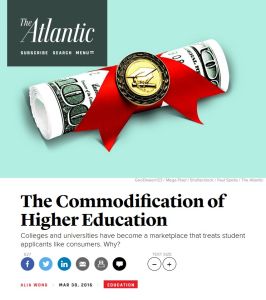
Read or listen offline
audio autogenerado
1×
audio autogenerado
Recommendation
The Atlantic magazine’s Alia Wong charts the rise of the U.S. News & World Report university rankings in the 1980s as part of a larger trend toward the commodification of higher education. The 21st-century academic system functions like a marketplace where schools compete for the best students to buy their product, but many top educators contend that the rankings have a detrimental effect on higher education. getAbstract recommends this critical analysis to students, parents, educators, school administrators and counselors seeking a more holistic perspective on what makes for a quality university experience beyond the rankings.
Take-Aways
About the Author
Alia Wong is associate editor at The Atlantic, where she oversees the education section.
Learners who read this summary also read
Book
Article
Podcast
Book








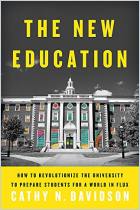



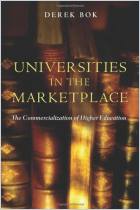
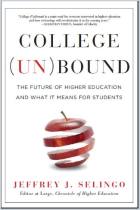

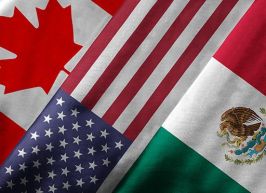

Comment on this summary or Comenzar discusión